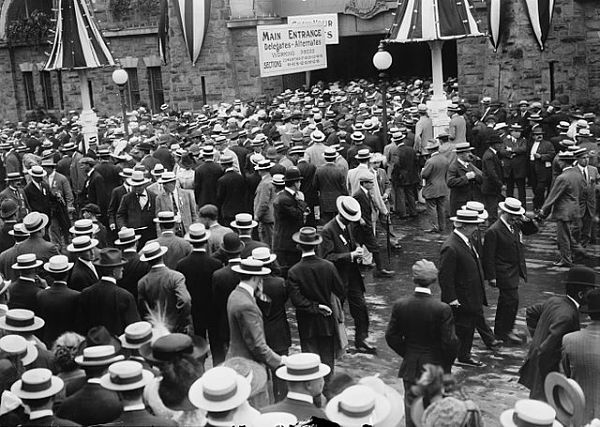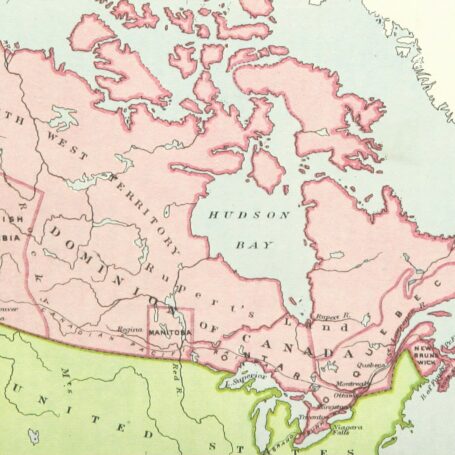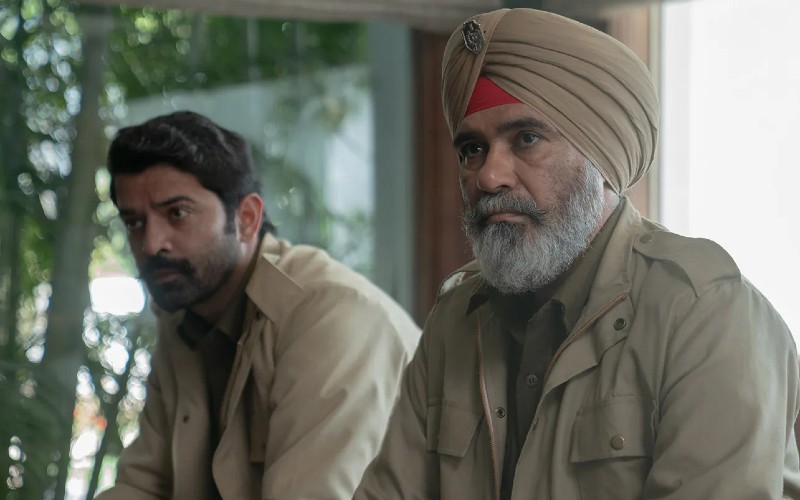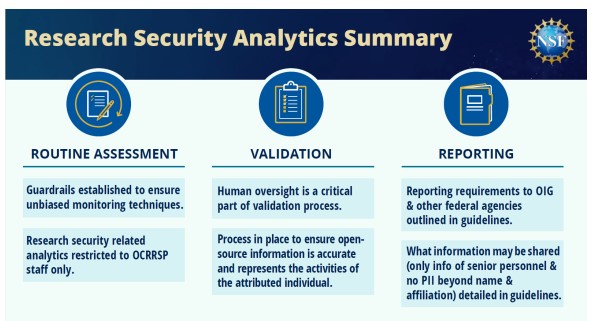 International Debate
International Debate Presidential Nominations: A Quick History

At the 1912 Democratic convention, once-time university president Woodrow Wilson was named the party’s nominee on the 46th ballot.
The nominating process we are enduring in 2016 that will presumably give us Donald Trump and Hillary Clinton as the president candidates of the Republican and Democratic parties has been a strange and unpredictable one. Trump appears to have vanquished 16 other possible nominees, some of whom were given a fair shot at winning based on their credentials as governors or senators. Clinton, whom some thought the Democrats would simply anoint, has had a tough time getting past the pesky Bernie Sanders.

Howard J. Silver served for a quarter century as the executive director of the Consortium of Social Sciences Agencies. His blog appears monthly at Social Science Space.
Let’s look at some other methods. This year, the nomination process that produced nominees for Hollywood’s Academy Awards came under great scrutiny for a lack of diversity in the acting categories. The Academy of Motion Pictures Arts and Sciences uses a process where peers select the nominees, e.g. those members in the acting category nominate the best performances. The American Association for the Advancement of Science (AAAS) holds elections for its “nominations committees.” These members then choose nominees, not only for the top jobs, but for leadership positions within AAAS’ sections. (I am coming to the end of my six-year term on the Section K – Social, Economic, and Political Sciences – nominating committee.)
This kind of peer selection was pretty much the process used to select presidential nominees until the early 20th century. It led British observer James Bryce, writing in 1888 in The American Commonwealth, to wonder why great men don’t become president of the United States. “In America,” Bryce said, “which is beyond all other countries the country of a ‘career open to talents,’ a country, moreover, in which political life is unusually keen and political ambition widely diffused, it might be expected that the highest place would always be won by a man of brilliant gifts.” He goes on: “But from the time when the heroes of the Revolution died out with Jefferson and Adams and Madison, no person except General Grant, had, down till the end of last century, reached the chair whose name would have been remembered had he not been president, and no president except Abraham Lincoln had displayed rare or striking qualities in the chair.”
He writes dismissively, “Who now knows or cares to know anything about the personality of James K. Polk or Franklin Pierce? The only thing remarkable about them is that being so commonplace they should have climbed so high.”
Bryce claimed one reason this occurs was that: “When the choice lies between a brilliant man and a safe man, the safe man is preferred. Party feeling, strong enough to carry in on its back a man without conspicuous positive merits, is not always strong enough to procure forgiveness for a man with positive faults.” Since most of those 19th century non-entities were nominated by conventions controlled by so-called party bosses, Bryce had a point.
Beginning in the early 20th century, the progressive movement’s argument to return “power to the people” included the creation of the primary system of having voters choose nominees. In 1901, Florida enacted the first presidential primary law, although it was optional. In 1905, Robert M. LaFollette, then governor of Wisconsin, had his state enact the first law providing for the mandatory direct election of convention delegates.The problem was that neither the Florida nor Wisconsin law listed delegates’ preferences for the presidential nominations.
Thus, it was left to Oregon in 1910 to create the presidential preference primary with delegates legally bound to support the winner. The first test of the new system was in 1912, with 12 primaries. Despite Theodore Roosevelt’s victories over incumbent President William Howard Taft in nine of the Republican contests, state organizations maintained their control of the convention and sent TR off to form a third-party. The Democrats had a much closer primary season between New Jersey Governor Woodrow Wilson and Speaker of the House Champ Clark of Missouri; it proved inconclusive and led to a Wilson victory on the 46th ballot (the Democrats had a two-thirds requirement for the nomination that lasted until 1936).
The presidential primary declined as a major factor in the nomination contests of the 1920s and 1930s. Nominees during those years emerged from long ballots and compromises when two-candidate contests remained unresolved. Examples included: John Davis on the 103rd ballot for the Democrats in 1924 and Warren Harding on the 10th ballot in 1920 for the GOP. Alternatively, nominees were simply consensus candidates, as in Al Smith for the Democrats in 1928 and Alf Landon for the Republicans in 1936.
After World War II the use of presidential primaries picked up again. They became tools for “outsider” candidates to try and prove themselves to party leaders that the “people” were behind their quest for the Oval Office. This didn’t work for Tennessee Senator Estes Kefauver, a Democrat, in 1952 or Minnesota Governor Harold Stassen in 1948 for the Republicans. John F. Kennedy in 1960 needed to demonstrate to party leaders Richard Daley in Chicago, David Lawrence in Pennsylvania, Robert Wagner in New York, and others, that he could overcome their skepticism about a Catholic candidate winning in a majority Protestant country. The 1960 West Virginia primary convinced these leaders, but it still took Kennedy until the first ballot reached Wyoming (the last state called) to put him over the top in Los Angeles.
Since 1960 primaries have continued to play a major role in the nominating process. In 1972, 1976 and 1992, it was the only way outsider South Dakota Senator George McGovern, and little known governors Jimmy Carter of Georgia and Bill Clinton of Arkansas, could have won the Democratic nominations.
At the same time, candidates realize that states without primaries, those who hold caucuses where people show up at local precincts to indicate their preferences, need different kinds of campaign organizational skills. Barry Goldwater in 1964 won primaries, but it was his organization led by F. Clifton White that got people to meetings in non-primary states that helped the Arizona senator secure the nomination. Barack Obama’s ability to out-organize Hillary Clinton in the caucus states played a significant role in his winning the 2008 Democratic nomination. The elevation of the Iowa’s caucuses to the first significant event in the nominating process and its coverage by C-SPAN and other media outlets have provided evidence of the growing importance of these exercises in local democracy.
What 2016 has demonstrated is that the crazy quilt of primaries and caucuses can produce a major upset in one party and presumably confirming the early favorite surviving in the other. We discovered that the two party organizations still try to control their own contests. Republican primary elections have used winner-take-all, as well as proportional representation by statewide vote and by congressional district, to select delegates. The Democratic primaries have all been proportional representation in awarding delegates. In some states, the parties have closed their primaries to independent voters.
Democrats also have “super-delegates,” who make up about 20 percent of their convention voters. This phenomenon emerged after a commission chaired by then-North Carolina Governor James Hunt in 1982 decided that rules changes implanted in 1972 led to a diminution of Democratic office holders at the party’s presidential nominating conventions. Republicans reserve some seats for state and local office holders, but not as many as the Democrats.
As we have seen almost every four years, the press and the pundit class all had visions of a “brokered convention” that would create chaos and perhaps go beyond the first ballot for the first time since the 1952 Democratic contest. Some were hoping for a different candidate to emerge, such as Speaker of the House Paul Ryan from Wisconsin. This worked for Republican Speaker James Garfield of Ohio, in 1880. Unfortunately, after his surprise wins of both the nomination and the election, he was assassinated nine months into his term.
This year’s nomination contest also saw how those candidates who were losing primaries and caucuses come up with the usual gimmicks they thought would help their campaigns. Texas Senator Ted Cruz’s announcement of Carly Fiorina as his running mate reminded people of Ronald Reagan’s selection of Pennsylvania Senator Richard Schweiker as his vice president choice in his close, but ultimately unsuccessful, challenge of President Gerald Ford in 1976. It appears to have helped Cruz not at all.
Democratic Vermont Senator Bernie Sanders and Republican Ohio Governor John Kasich tried to argue that the polls showed that only they could beat the presumptive nominee of the other party. Former New York Governor Nelson Rockefeller tried this tactic in 1968. This backfired when a poll right before the GOP convention that year indicated that Richard Nixon was also a winner.
With some Republican consternation over the presumed nomination of Donald Trump, we should expect to see another post-election (especially if Trump loses) analysis of the selection process with perhaps some rule changes. For the Democrats some lingering resentment from the Sanders’ effort may also lead to further reassessments of the process.
The usual complaints will arise about the length of the nominating season, the process favoring party activists who tend toward the extremes, the crazy quilt rules in every state, too many debates, and too much attention by the press to the horse race. Solutions such as regional primaries or a national primary, compressing the primary and caucus season, and letting independents vote in all states, might rear their heads again.
In the meantime, it’s on to the conventions with their credential and platform fights, vice presidential selections, and acceptance speeches, and a slugfest general election at both the presidential and congressional levels. Political junkies rejoice!
***
Note: I am grateful to Congressional Quarterly’s Guide to U.S. Elections, edited by Robert A. Diamond, published in 1975, for the early history of the presidential primary and the tallies of convention ballots.


























































































